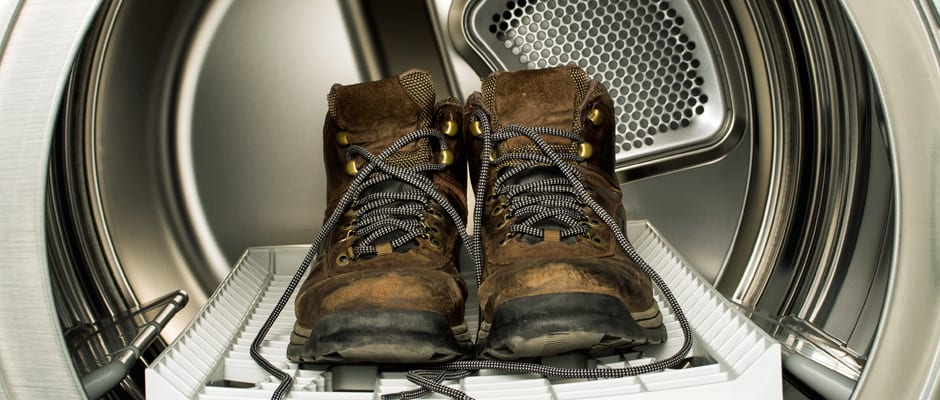Lies Your Mother Told You About Doing the Laundry
Mother knows best... except when she doesn't.
 Credit:
Credit:
Products are chosen independently by our editors. Purchases made through our links may earn us a commission.
Doing the laundry is a pretty simple business, but it can still be a surprisingly frustrating undertaking. And when your clothes come out of the wash dirty, stained, or shrunk, it's easy to simply blame the machine.
But the truth is, a lot of those undesirable results are probably due to wrongheaded ideas about how washers and dryers work. And if you really think about it, many of them were probably passed down to you by the person who taught you how to do the laundry: your mom.
Sorry, moms, but a lot of the tips and tricks you live by don't make much sense these days—even if they were true once upon a time. Hopefully with more knowledge, you'll be able to clean smarter. The more you know, right?
More detergent is better.
Most modern washing machines use a mechanism called "load sense" that weighs your load of clothes and estimates its volume in order to calculate how much water to dispense. Of course, the amount of water it chooses is closely related to the amount of detergent it expects you to add.
If you add too much detergent to too little laundry, the end result will be detergent residue left behind on your clothes. This can also cause redeposit when suds remove stains but there isn't enough water to wash them away. Always follow your machine's recommendations for what kind of detergent to load, and how much.
Coffee can help keep your darks darker.
Sure, coffee is often used as a dye. For example, paper can be dipped in coffee in order to make it look older. Some have extrapolated that since it works so well on paper, coffee can probably be used to keep your black and brown clothes looking their darkest. Just pour a cup in with your load, they say.
But realistically, a cup of coffee will be far too diluted in a washing machine to have any measurable effect in staining your clothes. In order to get a high enough concentration, you'd need to brew an obscene amount of joe. Besides, your washer is designed to get stains out, not bake them in.
A clean lint trap equals a safe dryer.
People often clean the lint trap on the dryer and consider it job done. Thing is, the invisible-to-you duct work that vents your dryer's super-heated exhaust to the outside world is responsible for up to 15,000 house fires a year.
Why? Just like cholesterol building up in your arteries and causing a heart attack, lint can build up in the ducts. The hot air gets backed up, the machine works too hard, and... whoosh!
So if your dryer is taking longer than usual to dry your clothes, you might want to think about calling a professional vent cleaner. A good rule of thumb is that you should have the vent looked at once a year—especially if your vent has to travel a longer-than-usual distance. Better safe than sorry.
Hair spray is good at removing ink from clothes.
Well, this one has a basis in fact. The theory goes that hair spray is full of alcohol, and alcohol is very good at getting ink out of cloth.
Though the second part is absolutely true, the fact is that today's hair care products have largely abandoned alcohol in favor of safer alternatives. You'd realistically have much better luck with just pouring vodka on ink stains (or, you know, rubbing alcohol). Is there no problem that vodka can't solve?
Dry cleaning is dry.
No matter how it sounds, dry cleaning actually uses quite a bit of fluids—usually tetrachloroethene or perchloroethylene (aka PERC).
So why is it called dry cleaning? Simply because the process uses no water. In point of fact, clothes that are dry-cleaned often go into a machine that looks for all the world like a front loading washer.
Dry Cleaning Image: Flickr user "telstar" (CC BY-NC 2.0) All Other Images: Reviewed.com
